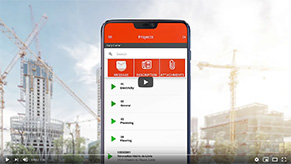
12 June, 2023
What Is Dispatch Management and How Do You Optimize It?
Dispatch management is a unique and complex process that can be used for different types of operations, including logistics, transportation,…

8 June, 2023
How Do You Manage A Dispatch Department?
When it comes to managing a dispatch department, efficiency and accuracy are of utmost importance. Unfortunately, many businesses struggle with…





